Top 10 Tools Every Watch Guy Needs
Every watch enthusiast knows that with this hobby, watches are the least of your concern when it comes to storage. Your watch often comes with box and papers. If you’re a strap geek, like me, your drawer (or wherever you store them) will be filled with them. Catalogs, magazines and of course watch books take up more than a shelf in the home library. Not to mention the window displays, vintage travel clocks and whatnots that we often like to collect (hoard?). And if you still have some empty space left in your drawer; here are our Top 10 Tools Every Watch Guy Needs. You might have some of them already. Or perhaps you have better/newer/more advanced ones. Don’t look at this list as something mandatory where you have to tick all of the items. It’s more of a buyer’s guide for watch tools on the market.
Top 10 Watch Tools
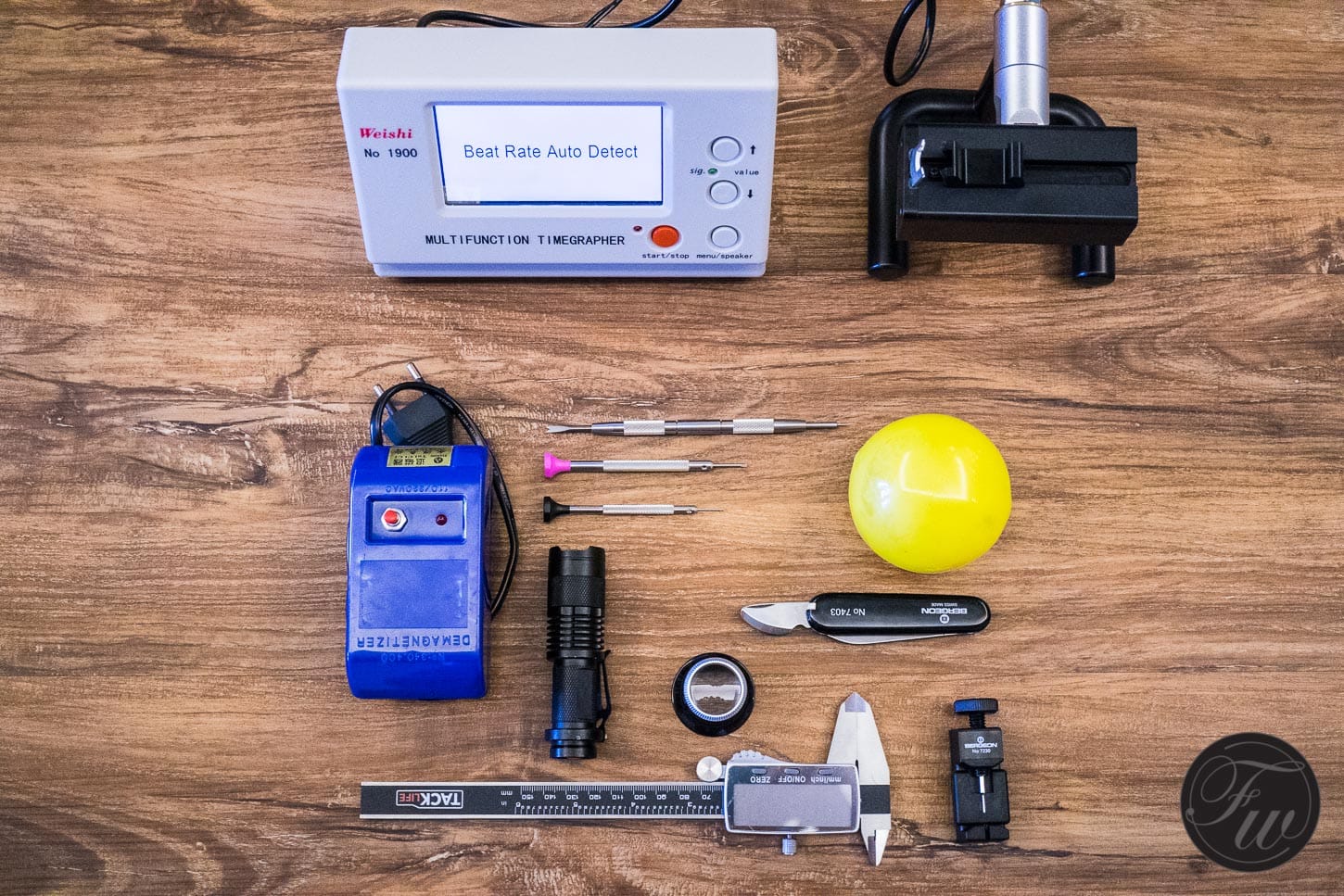
Bergeon 6767 spring bar tool
Let’s get this straight; you need a good spring bar tool. I know that certain sites send you one for free when you buy a strap but let’s be honest, those are hardly quality. Trust me, I’ve been through my fair share of cheap, Chinese tools. They will eventually break. But before they do, they’ll scratch the lugs of your favorite timepiece while you try to change the strap on it. Surely a good tool does not necessarily mean success when it comes to changing a strap without scratching your watch. But it reduces the chance of error. The Bergeon 6767 is an inexpensive (about €15-20) but a quality tool. After all, Bergeon is the brand many watch companies use from small tools (like the 6767) to more complicated machinery. Make sure you order a 6767 with both 1mm and 3mm fork ends and a straight end for push pins.
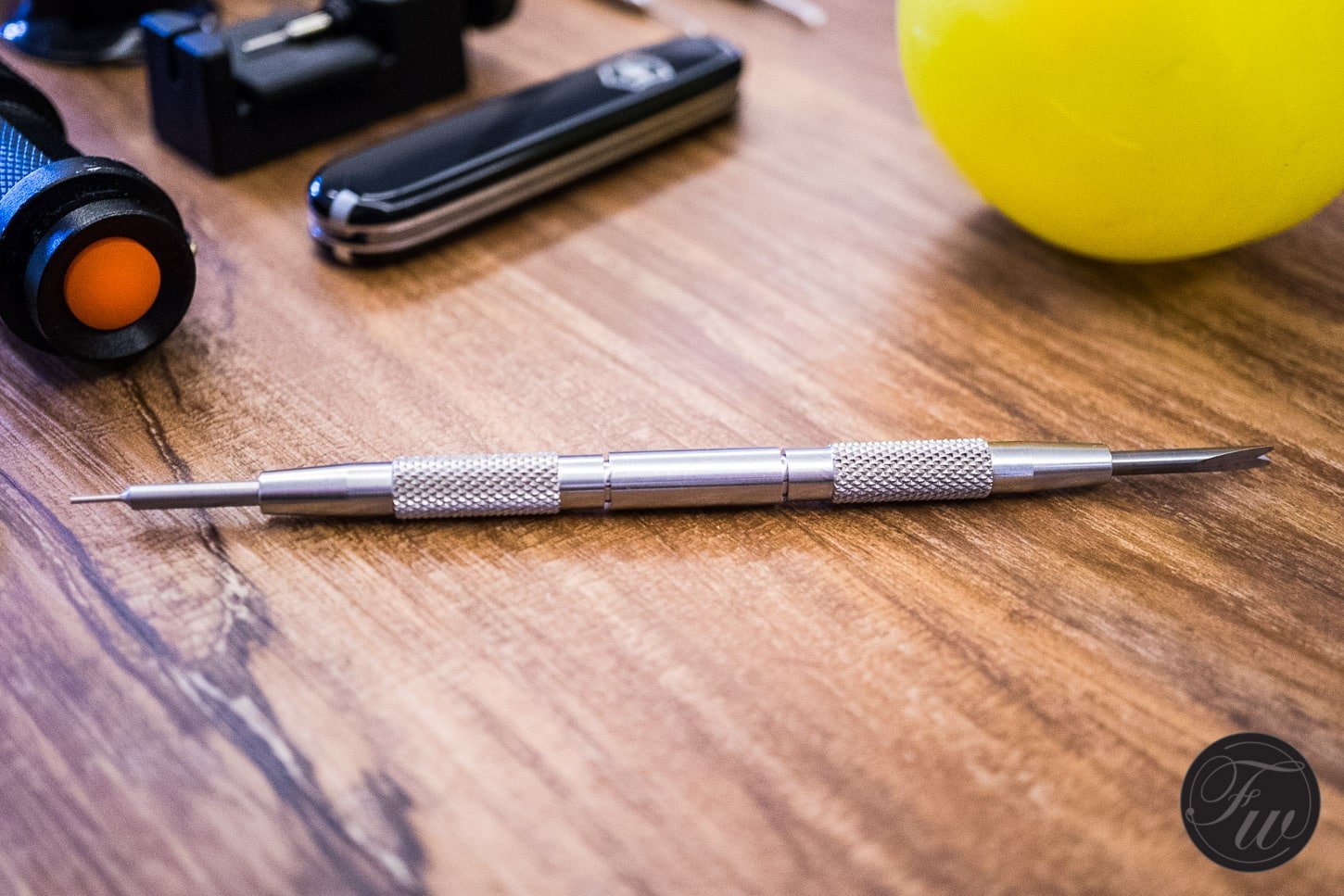
Case back knife
Nowadays case backs are usually screw-in. Sometimes they are bolted to the case. It is a safe and effective way to protect the movement. It makes sure your watch won’t experience water leakage. For all the vintage guys with press-in case backs though; you need to get a good, quality case back knife. Remember the last time you brought your vintage chronograph to your watchmaker and he took a swiss army knife-like tool and popped the back. That’s what we’re talking about. A case back knife is actually a very basic swiss army knife with a blade that is designed for back openings. Often on the sides of vintage watches, there’s a small space. You need to put the blade in that space and press it firmly but cautiously until you feel the blade going under the back. Move the knife up and down to pop the back.
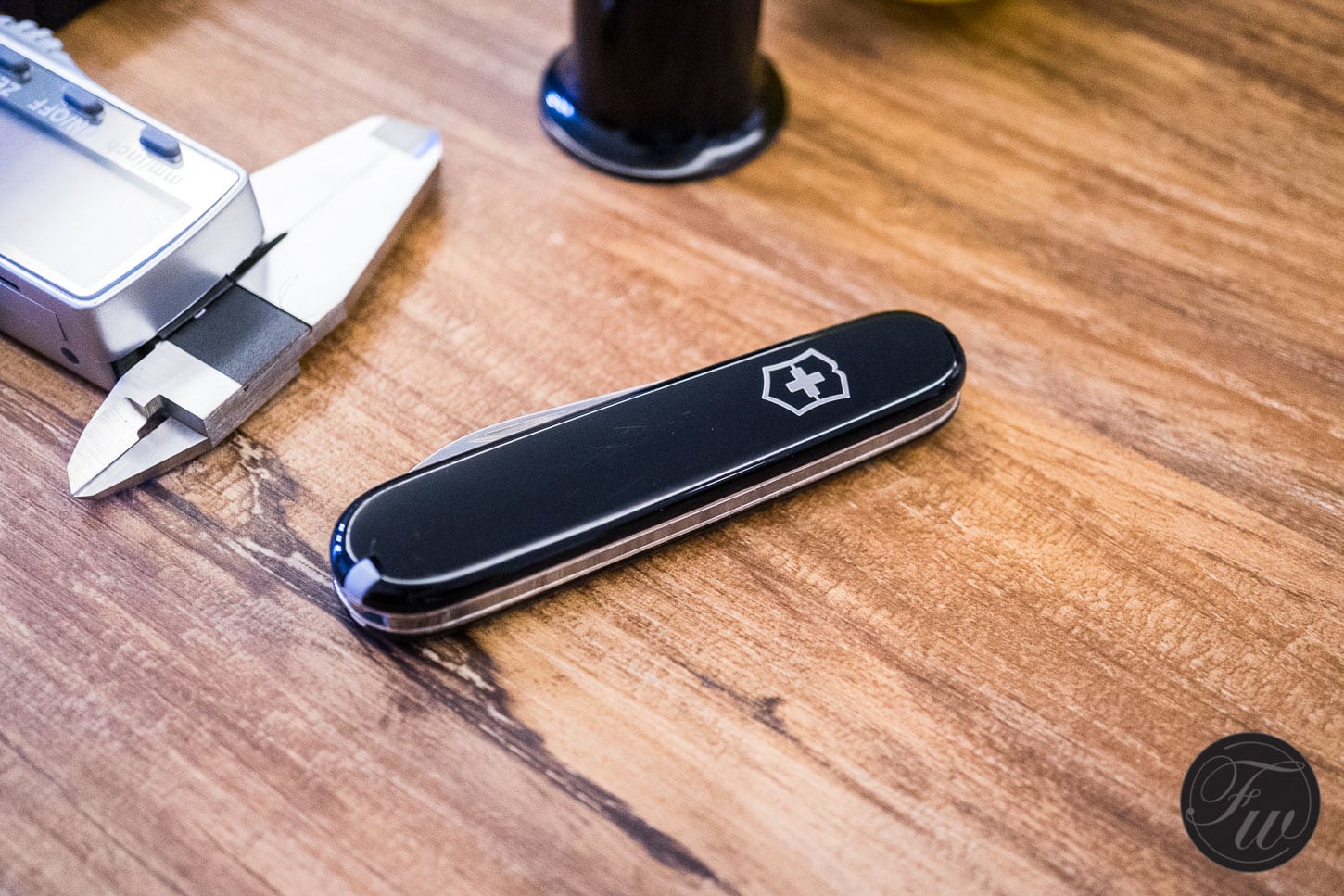
Top Tip: Look for brands like Victorinox or Wenger. They are around €20-25 on the brands’ site or the usual places like Ofrei, Cousins, eBay and so on.
Case back ball
Of course, a case back knife is not going to help you with your vintage diver or basically any other modern timepiece. Contemporary watches don’t have press-in case backs anymore. Usually, it is screw-in or perhaps bolted to the case itself. Obviously, the bolts are no issue if you have a nice set of screw-drivers (more below). However, for the average screw-in case back a case back ball would do the trick. It looks and feels like any other rubber ball. You have to inflate it, so it becomes hard enough not to lose its form even if you squeeze and press it against the case back. Then you just slowly twist it counterclockwise and it will unscrew the back for you. Given that it’s not stuck too much. Then only a professional opener and/or a watchmaker can help. A case back opener ball is around €5.

Top Tip: if you don’t want to buy a case back ball a squash ball will do the trick just fine.
UV light
A UV light is a fun and useful tool (if you know how to use it). Often referred to as “blacklight” it is a cheap gadget which can come in handy at times. Especially if you are a vintage guy and would like to check the lume on your watch. Lume, let that be tritium, radium or Super-LumiNova, will glow when activated with a UV light. You can check if the dial still has the original lume. It is also helpful to see how the lume used to shine when the watch was new back in its day. Last but not least, it is a convenient tool to verify the originality of the bank notes you get when selling a watch. All joke aside a UV light is an affordable gizmo that you can take to a GTG and be the center of the attention.
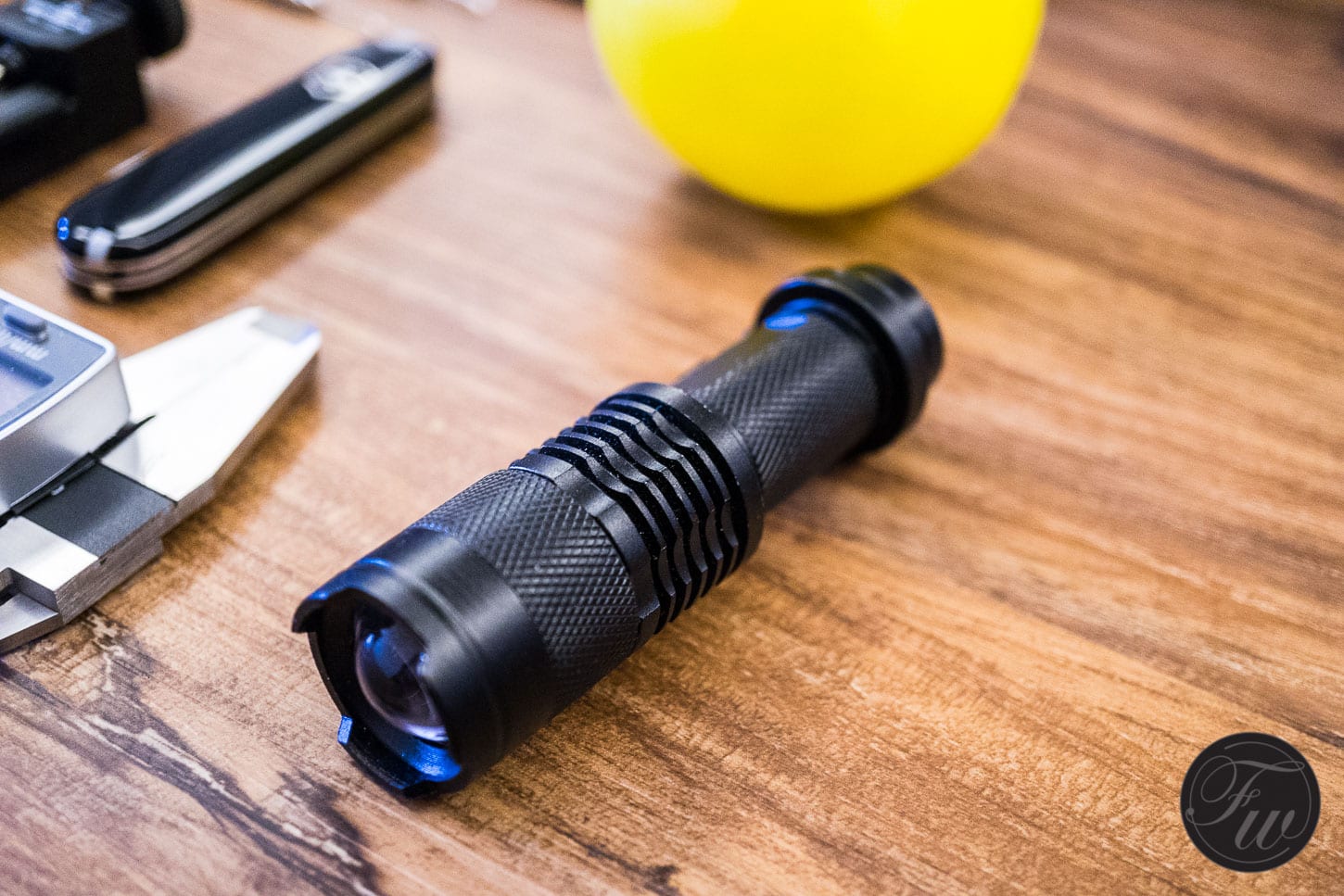
Demagnetizer
I talked about the topic of magnetization not too long ago in a lengthy post, here. As I said it then, in today’s technical world so many things that surround us on a daily basis can magnetize our watches that we don’t even realize them. For this it I advisable to check if the watch got magnetized and if so, demagnetize it to maintain its condition. Apps like Lepsi is a free and convenient way to check the condition of your timepiece. If it shows that your favorite vintage piece or daily wearer is magnetized don’t worry, there’s a solution. A demagnetizer is super cheap (around €8-10) and readily available. You can pick it up on eBay, Amazon or your local electronics store. Plug it in, place the watch on top of it, press the button and after 10 seconds lift the watch, then release the button. That’s it.
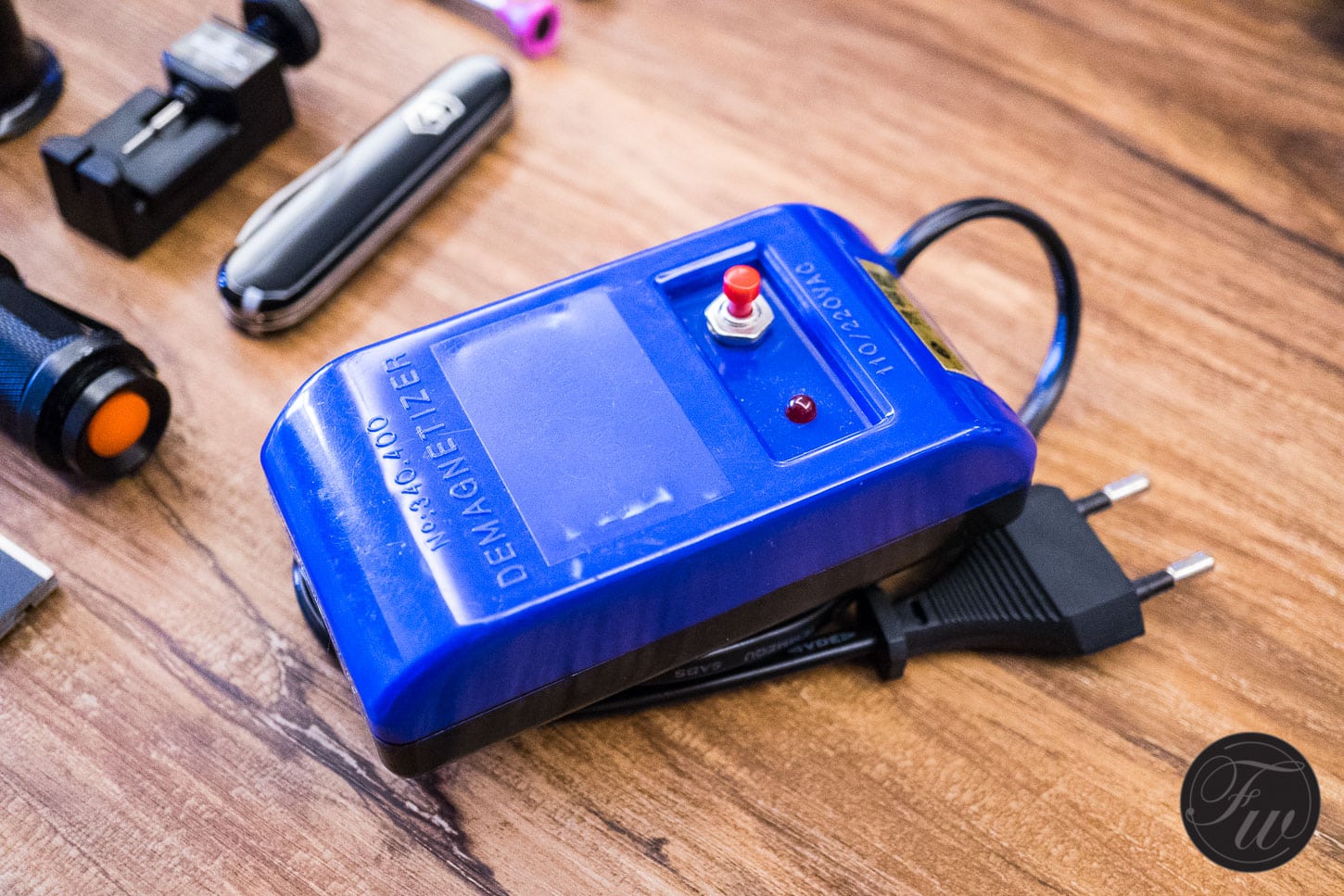
Loupe
I’m sure this needs no further explanation. A loupe is probably as useful as a UV light or a case back opener. From a single-lens €10 version to a professional €200 piece, you can choose from many variants. Again, places like eBay or Amazon are great to look for them. If you want a professional version check out Bergeon’s site. Loupe’s are also favored gifts watch brands give out during their special events or product presentation. Sometimes you can get one while picking up your new timepiece. Aside from the fact that they are perfect for checking serial numbers on movements or ref numbers of end links, they serve as great photo accessories. Lean the watch against it or use it in the background to produce real professional-looking images. Or simply use them to admire the complexity of the movement in your favorite timepiece.
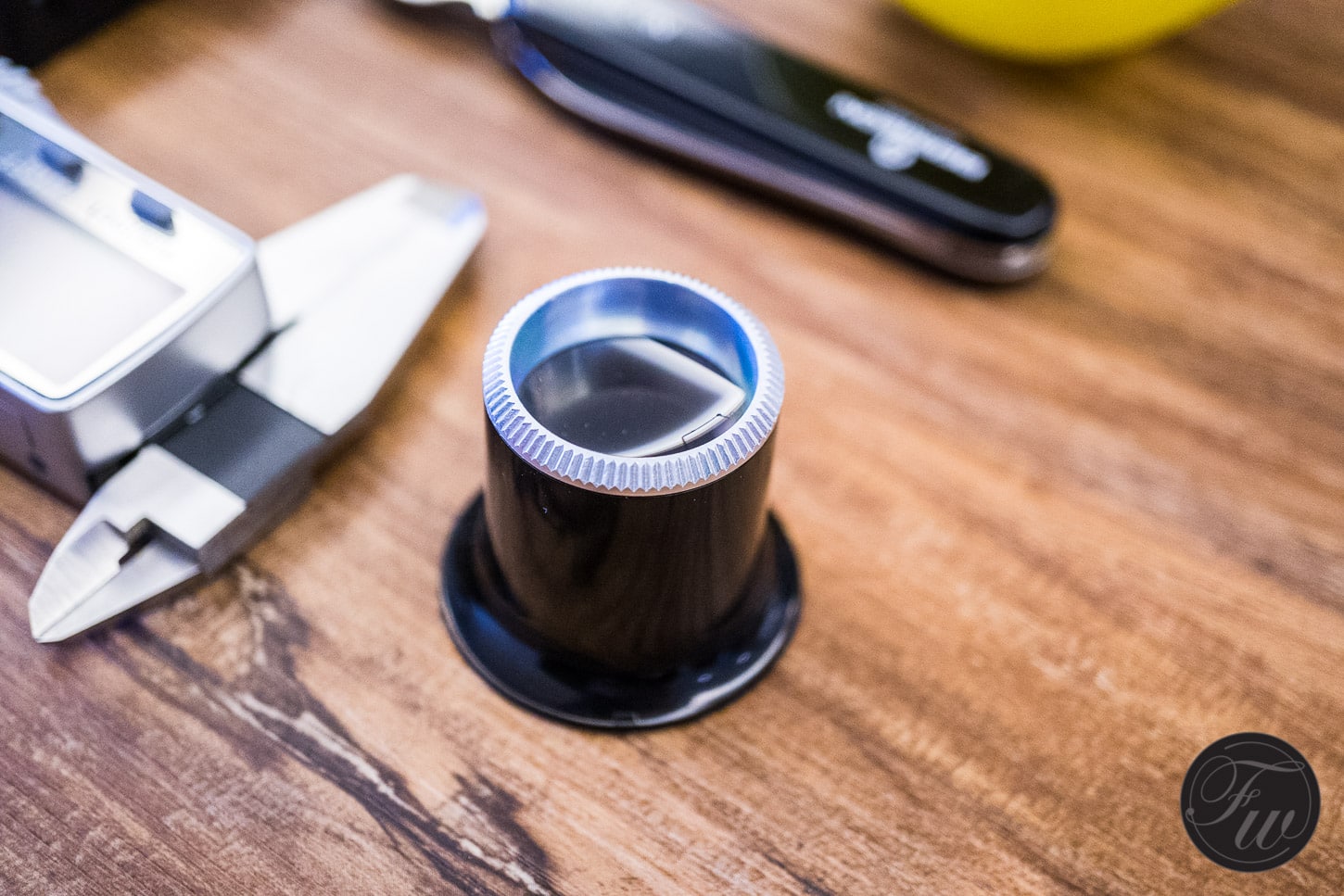
Pin Pusher
When I talked about the spring bar tool, I already told you that the Bergeon 6767 comes with a pin pusher head. This is a 5mm long straight pin that you can use the adjust the old-style micro adjuster on your bracelet claps. Old style bracelets, unlike newer screw versions, also use long pins to hold the bracelet pieces together. You can remove or add a link by pushing these pins out. For that, a spring bar tool might not be the best solution as the head length is not enough. You need to get a pin remover either from Bergeon or another quality producer. The key is definitely quality. You can find cheap Chinese tools that either break easily or fall apart eventually. I’m speaking from experience. A Bergon 7230 won’t cost more than €15 and will be perfect for your needs.
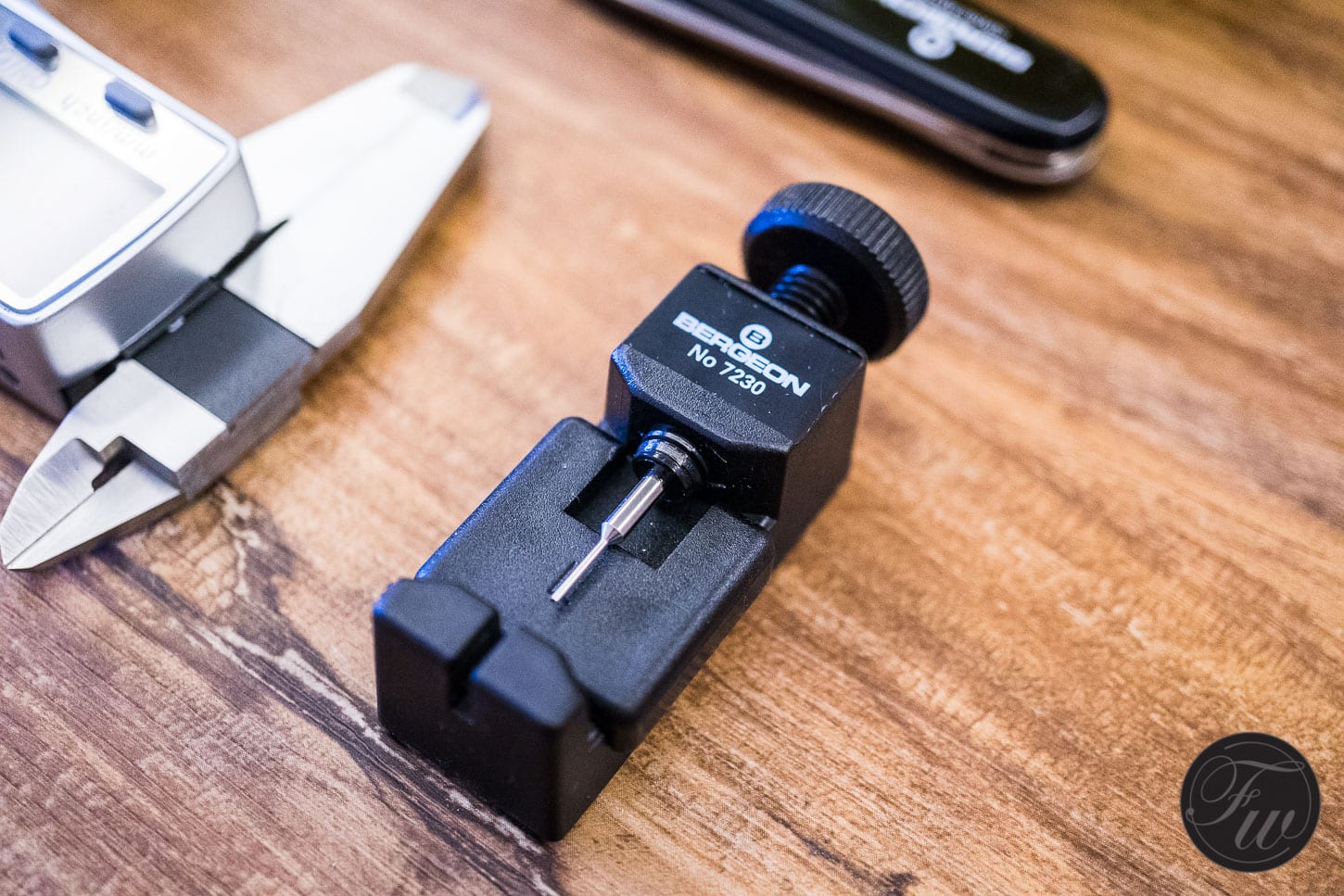
Top Tip: For all of you professional pin removers check out a pin remover plier, like the Bergeon 6819.
Caliper
Something I use often, especially when I write watch reviews, is my digital caliper. You can’t imagine how useful this little tool can come around the house. Not only in connection with watches, though I have to admit I use it for stuff like that the most. To start with, it gives you accurate measures. Often times watch lugs are not 18mm or 20mm but 18.5, 19mm etc. If you want to find the perfect strap for that special piece you need to have the exact measures. Better yet, when you want to have straps custom made the caliper could give you those unusual lug widths. I measure the lug end to lug end of a watch with it. Or the thickness, even the width of the case. While you might think you don’t need these measures, they could improve your sales ad should you wish to sell a watch.

Time graph
The biggest mistake one can commit is to think that once he/she bought a watch there’s nothing else left to do and it will run forever. We know that this is far from the truth. A watch is a very complex mechanism, that is moving with you strapped to your arm. It runs constantly, takes physical impacts, withstands magnetization and so on. Its performance is crucial for its function, so we need to keep an eye on it. For that, having a time graph around is actually a good idea to keep an eye on the condition of the movement. Whether you use a professional one (€400-500), a cheaper but quality like this Lepsi or an app (we talked about here) does not really matter. As long as you check the accuracy every once in a while, it should be fine.
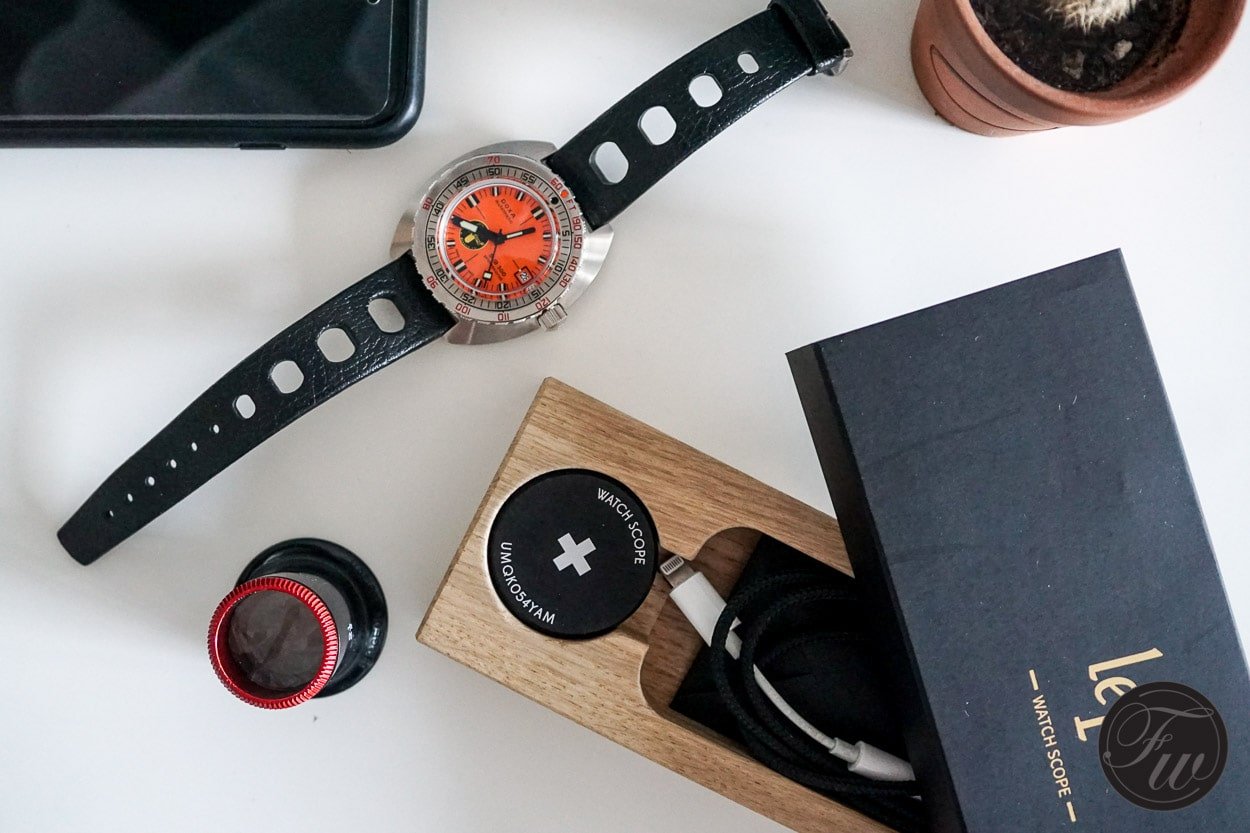
Good quality spring bars
This topic is another area where many don’t pay attention to details. A spring bar is the last security link between your (often super) expensive timepiece and the concrete floor in your garage. I hear guys telling me that they bought such and such alligator strap for XY hundred euros to match their vintage Gallet or Breitling. When I ask them where they got the spring bars from the answer is often: Oh, I bought them on eBay. Every size from 10mm to 20mm for only €15. – Now, you know where those are coming from and what quality they probably are. Unless your watch has fixed lugs, having quality spring bars is not only advisable but pretty much mandatory. They – hopefully – are less likely to break and secure the watch on your wrist. Check out Cousins or Ofrei for German or Swiss spring bars.
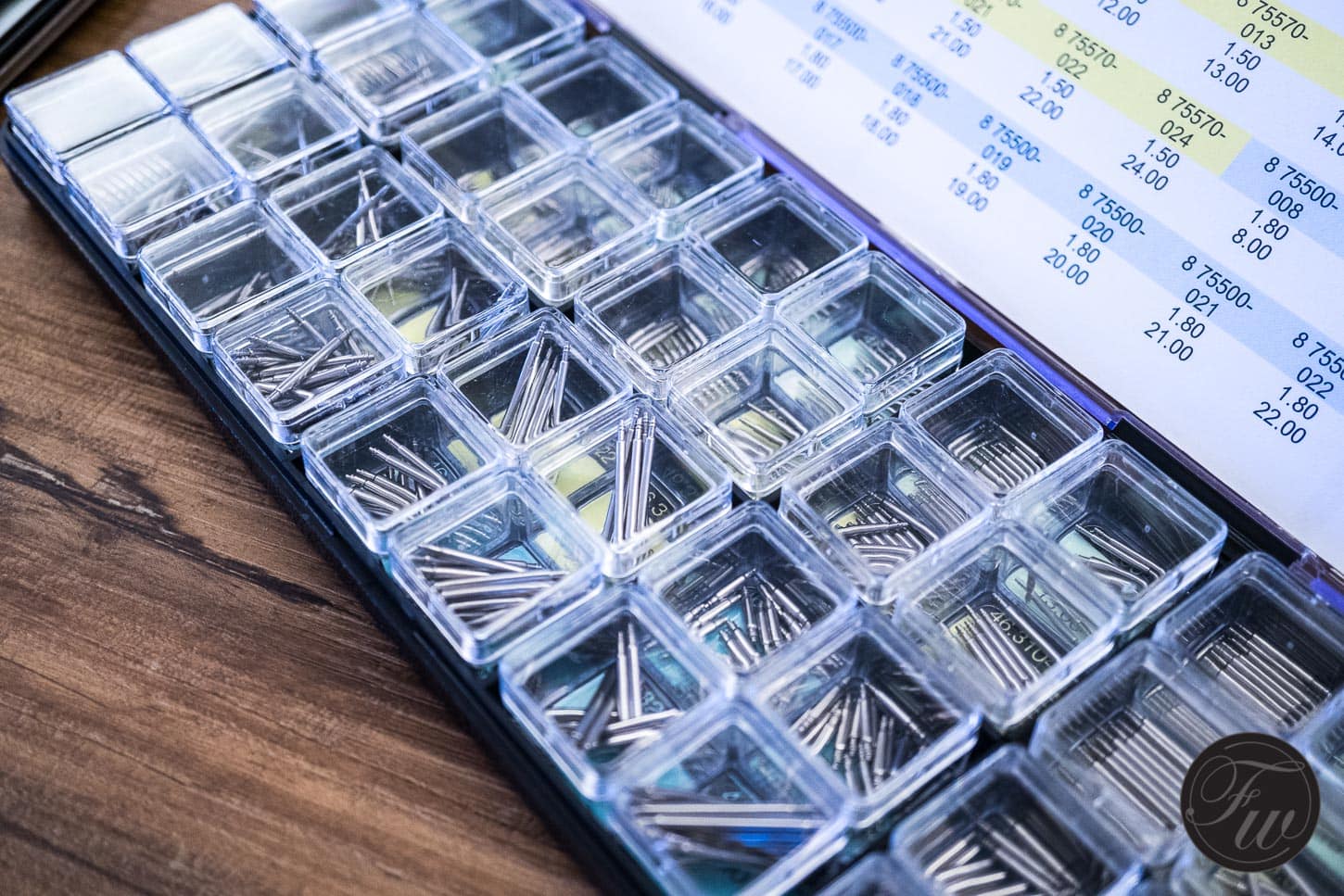
+ 1 screwdrivers
A set of screwdrivers are likely the tools you need the least. When you do, however, having quality ones is advisable. Many modern timepieces use screws instead of normal spring bars. Contemporary bracelets (sometimes even vintage ones) have screw links instead of push pins. I already talked about bolted case backs above. If a good spring bar tool can save you from scratching up your watch lugs, imagine how handy can a nice set of screws drivers come compared to some low-quality cheap ones. They mess up the screw head and scratch the surface of it. Been there, done that, it’s no fun. Furthermore, you can use them to tighten other objects like sunglasses’ hinges. A nice set is around €200+ however if you take care of them they will serve you well for many years to come.
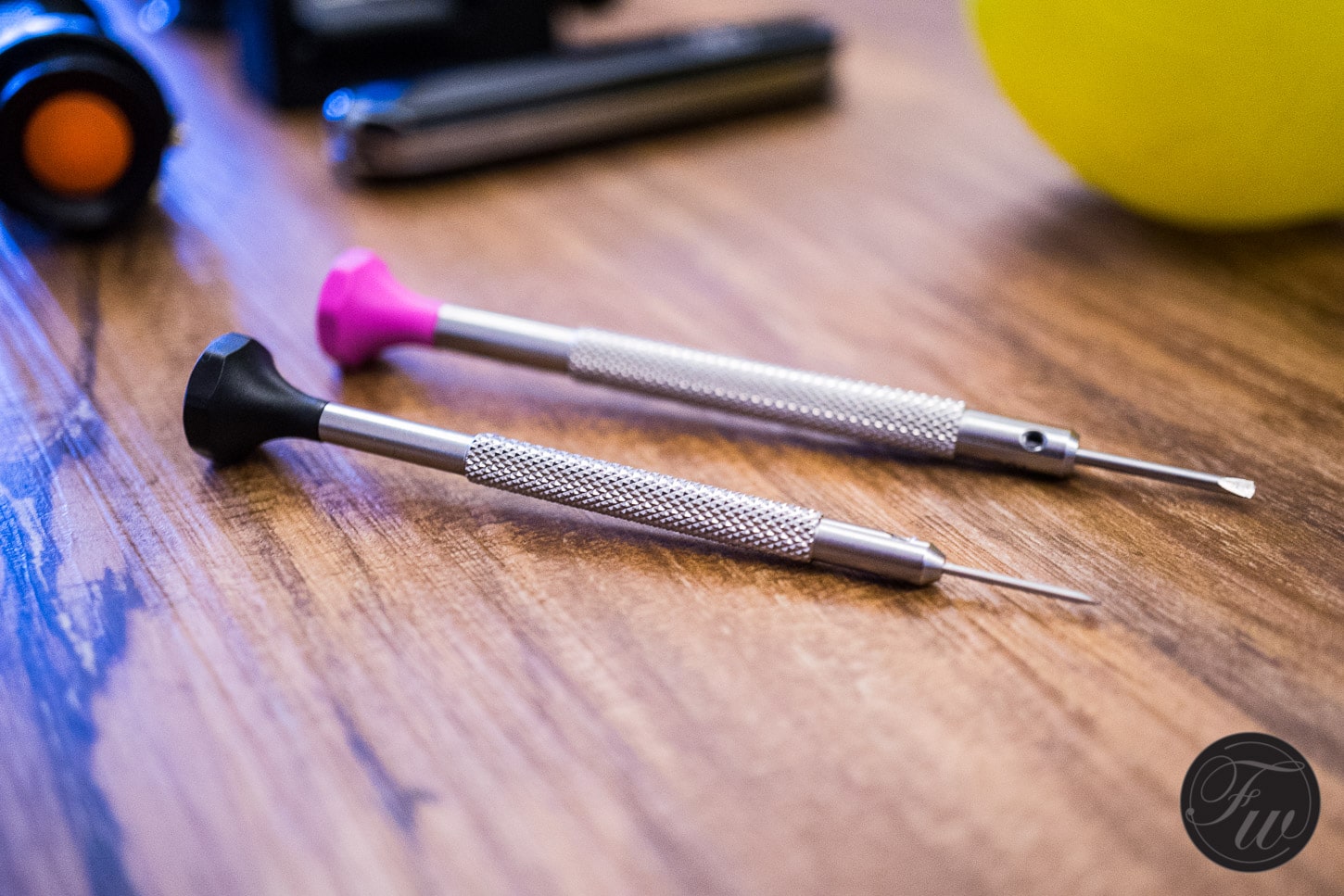
Small Print
Not really, but a few things I find important to mention regarding this list. In general, quality is key. You can buy cheap (knock-off) versions of the pricier items on the list but it’s not worth it. They are often poorly made and do more damage than good. Of course, you should spend as much as you can afford. If you will use a screwdriver once a year at best, you don’t need the €400 version. Or any, for that matter. Go to your local watch shop they often do these small repairs or changes for free. If, however, you decide on investing in these tools make sure you know how to use them. Ask your watchmaker to show you the ropes or watch YouTube videos. There’s plenty available online. This will help you avoid damaging your precious timepiece or the tool you just invested in.
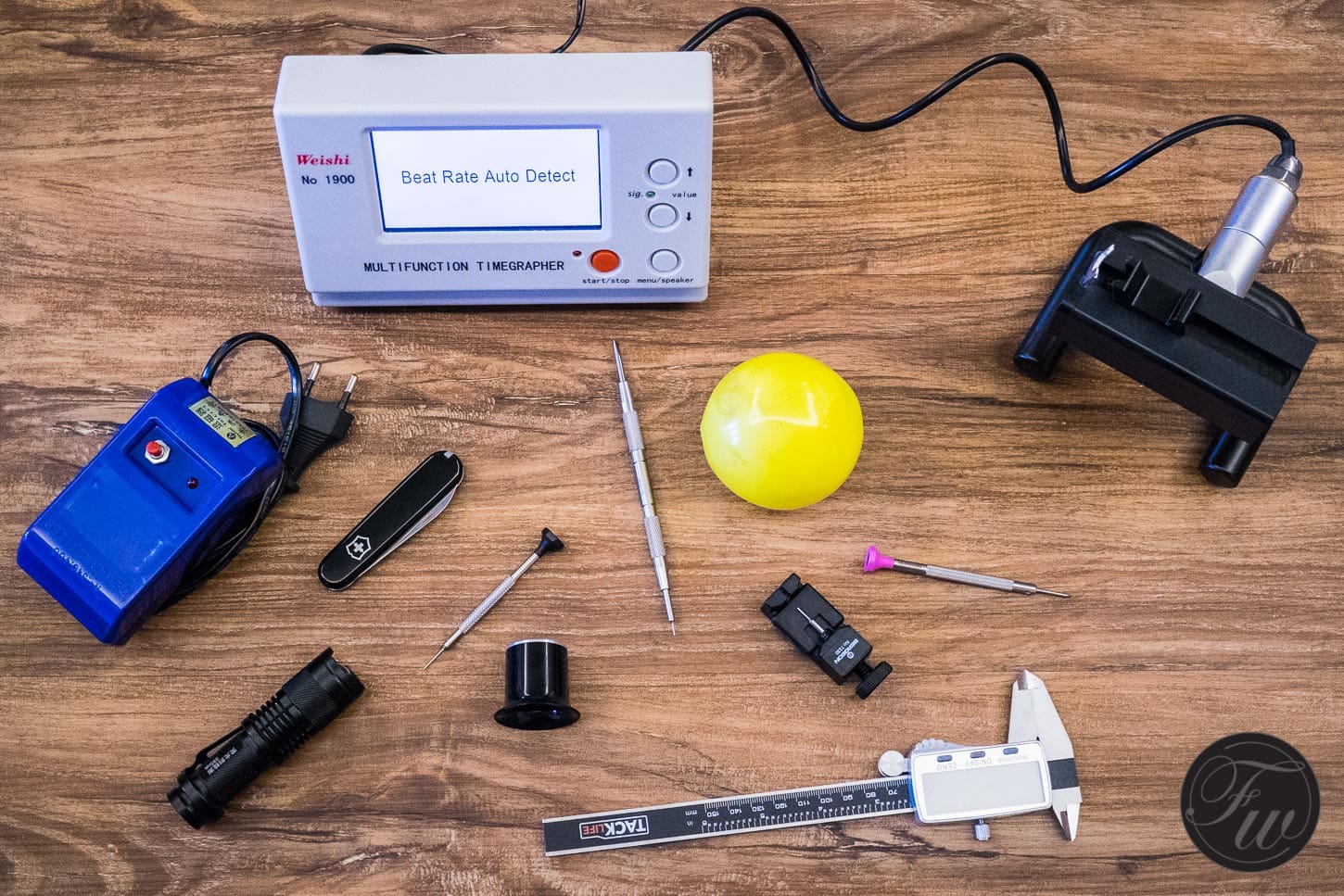
Always execute any repairs or changes at your own risk. I cannot take responsibility for any damages and merely provide a list of tools that I think are useful. Alternatively, you could buy a cheap watch on eBay or at the local flea market and practice on that before you use your newly learned skill on your Patek Philippe 5970. Also, this article is NOT an ad paid by Bergeon, Ofrei or any other brand mentioned. I simply find the above products nicely made and affordably priced, that’s all. Sites like Ofrei or Cousins are also great and offer a larger variety of tools in most price ranges. And last but not least, the items on the list are in no specific order. Buy what you need and what you will use.











